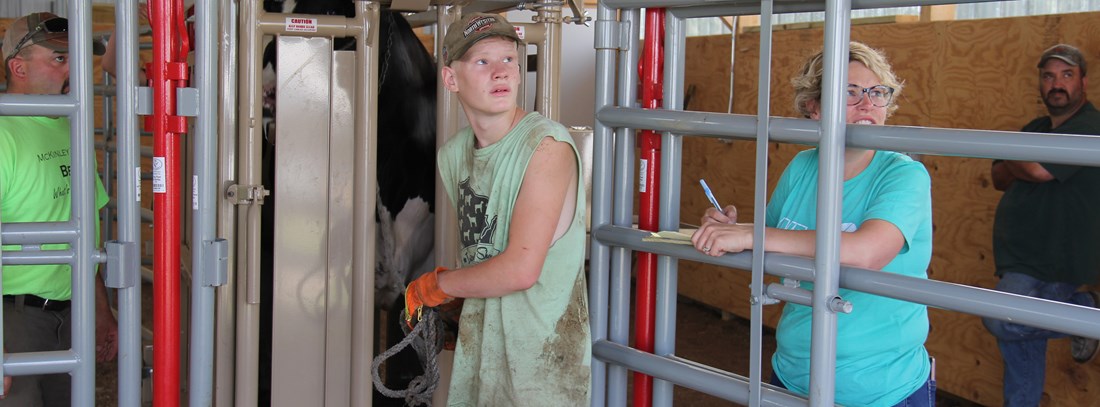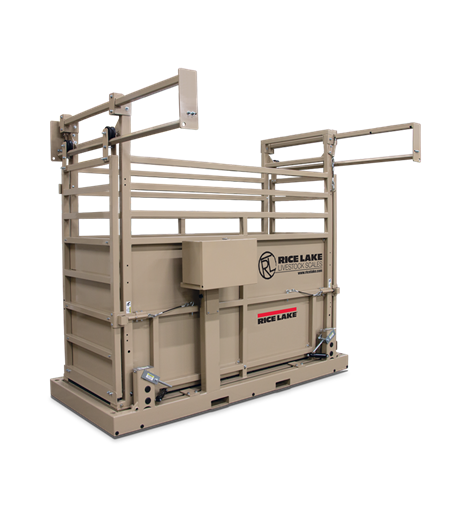Is the website displaying in the correct language? Please confirm or select a different language.
Your region has been set automatically. Please confirm or select a different region.

Legal for Trade Livestock Scales at County Fairs
Many states require Legal for Trade scales to be used at county fairs where animals are sold based on weight. Learn why a Legal for Trade scale is important for livestock weigh-ins and how to maintain the Legal for Trade certification on your scale.
As of May 1, 2021, Wisconsin joins a series of states enforcing legislation requiring all county fairs where animals are sold based on weight to use a Legal for Trade livestock scale for weigh-ins. This legislature helps ensure that neither buyers nor sellers lose money during the process, offering the best outcome in each transaction.
A Legal for Trade scale means that livestock weighed on the scale, including poultry and hogs, can be legally sold based on their weight. To be considered Legal for Trade, the scale platform and digital weight indicator (if one is being used) must have a National Type Evaluation Program (NTEP) Certificate of Conformance representing that the scale meets the requirements of Handbook 44.
NIST Handbook 44 was developed by the National Conference on Weights and Measures (NCWM) to help ensure fairness and equity in the sale of products based on weight. This market fairness is enforced through guidelines on providing accurate and traceable measurements, which are adopted by federal, state and local jurisdictions.
Choosing a Legal for Trade scale is step one of this new regulation. Step two is maintaining that scale to ensure its accuracy. It is necessary to work with a state-licensed scale service company to ensure the scale is in proper operating condition for fair market pricing based on animal weight. Most Legal for Trade scales must be calibrated at least once every year, but the Weights and Measures departments of different regions may require more frequent calibrations.
Aside from annual calibrations and testing, it is important to maintain the scale’s condition while it is in use to help ensure accuracy. The scale should be on a smooth, stable surface so it remains level throughout livestock weigh-ins. After each weigh-in is complete, and before the next animal is led onto the weighing platform, verify that the scale has returned to zero. A scale that doesn’t return to zero won’t provide accurate weight information and may need to be recalibrated.
Debris will build up on and around the scale platform during weigh-ins, which can prevent the scale from returning to zero or cause binding and lead to inaccurate weights. Ensure the weighing platform and the area under the scale (if it is not flush to floor) are cleared of debris between each weigh-in.
Rice Lake Weighing Systems offers NTEP certified livestock scales such as the SAS single animal scale that is already being used at county fairs. By working with an extensive, certified dealer network, Rice Lake can also help ensure your livestock scale is professionally installed by licensed scale technicians.




 My Account
My Account
